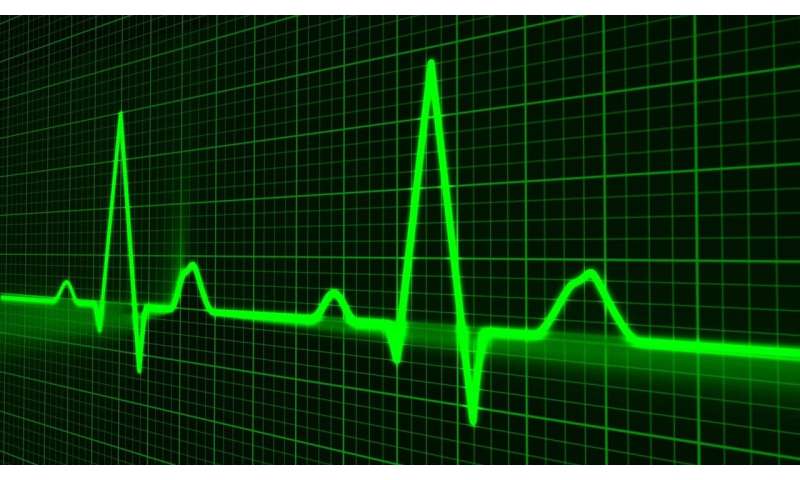

Heart failure is a major public health concern, a disease that affects tens of millions of people around the world—forcing many into a vicious cycle of hospitalizations, discharges and frequent readmissions.
The disorder is so rampant globally that some heart specialists refer to it as a pandemic. It is a disease that causes increasing disability not only because of poor cardiac function, but because other organs can become compromised by the condition. An estimated 26 million people worldwide are affected by heart failure—a figure that is expected to rise in the coming decades as the population inexorably ages.
An international team of heart researchers led by medical investigators at Temple University in Philadelphia is tackling issues surrounding the form of the disease known as heart failure with preserved ejection fraction.
This type of the disorder affects the left side of the heart—its pumping side—and accounts for about 50 percent of all cases.
All told, there are four types of heart failure. The other three are right-sided heart failure (the heart’s right side is tasked with pumping blood into the lungs to be enriched with oxygen); diastolic heart failure and systolic heart failure. Regardless the form, symptoms can include swelling in the feet and ankles, shortness of breath unrelated to exercise, and trouble breathing while lying flat.
In heart failure with preserved ejection fraction, patients have normal cardiac pumping function as measured by the ejection fraction, the percentage of blood leaving the heart each time it contracts. Yet, the overall quality of the heart is poor. The prevalence of this form of the disease has been growing by 10 percent per decade, Dr. Steven R. Houser, Markus Wallner and collaborators, reported in the journal Science Translational Medicine.
In an effort to better understand the disorder and to treat patients encumbered by it, the research team launched a study to assess the effects of blunting the activity of a specific enzyme. Basically, this was done by using a medication called an HDAC, which causes histone deacetylase inhibition.
Houser and the team wanted to know if providing HDAC treatment produced a benefit on cardiopulmonary structure, function and metabolism. To test their hypothesis, they turned to an unusual animal model, male short-haired cats.
The studies arrive as doctors worldwide underscore the urgent need to find solutions for the form of heart failure that affects the heart’s left side. Not only are more people developing the condition, the prognosis is generally poor because the survival rate is low.
“Furthermore, the hospitalization rate is high, and quality of life for patients is substantially compromised. There currently are no U.S. Food and Drug Administration-approved therapies for this condition,” wrote Steven R. Houser of the Cardiovascular Research Center at Temple University’s Lewis Katz School of Medicine.
Houser and a team of cardiovascular scientists in Europe and elsewhere in the United States explored the role of histone deacetylase inhibition as a potential way to improve the heart. Histone deacetylases are a class of enzymes.
In a group of cats, scientists simulated the features of heart failure with preserved ejection fraction by performing a minor procedure on them. In so doing, medical investigators were able to mimic the diastolic dysfunction common to human heart failure with preserved ejection fraction.
Two months after the procedure, the animals were treated daily with suberoylanilide hydroxamic acid, or SAHA, an FDA-approved HDAC inhibitor. At a molecular level, HDAC medications affect gene transcription, influence the cell cycle and possess the capability to induce apoptosis, or programmed cell death.
Echocardiography at four months revealed the cats had significantly reduced left ventricular hypertrophy. Left ventricular hypertrophy is an enlargement and thickening of the walls in the heart’s main pumping chamber, the left ventricle. The word hypertrophy means thickening.
Left ventricular hypertrophy can develop as a consequence of high blood pressure, or any heart malady that results in the left ventricle working harder.
Researchers also found that diastolic pressure and mean pulmonary arterial pressure were significantly reduced as a result of SAHA treatment. The drug also increased myofibril relaxation, the relaxation of cardiac muscle fibers.
Houser and his collaborators additionally found that SAHA treatment preserved lung structure and improved blood oxygenation. SAHA, the team wrote in Science Translational Medicine, also altered lysine acetylation of mitochondrial metabolic enzymes. Lysine is an amino acid.
Source: Read Full Article